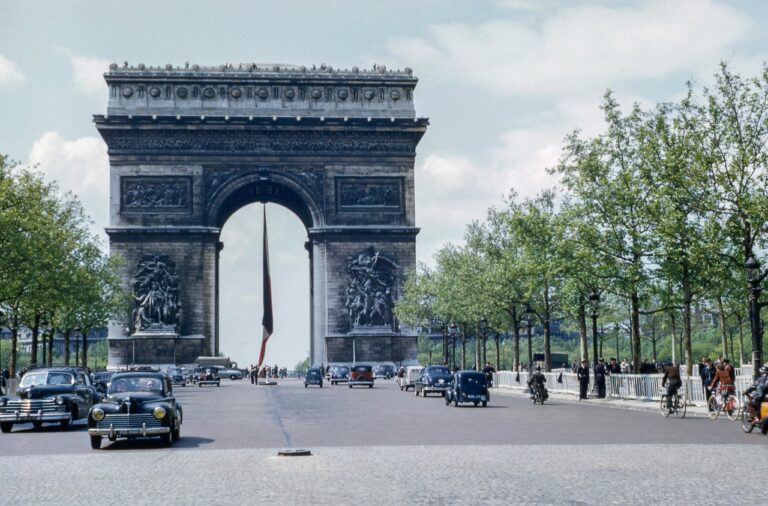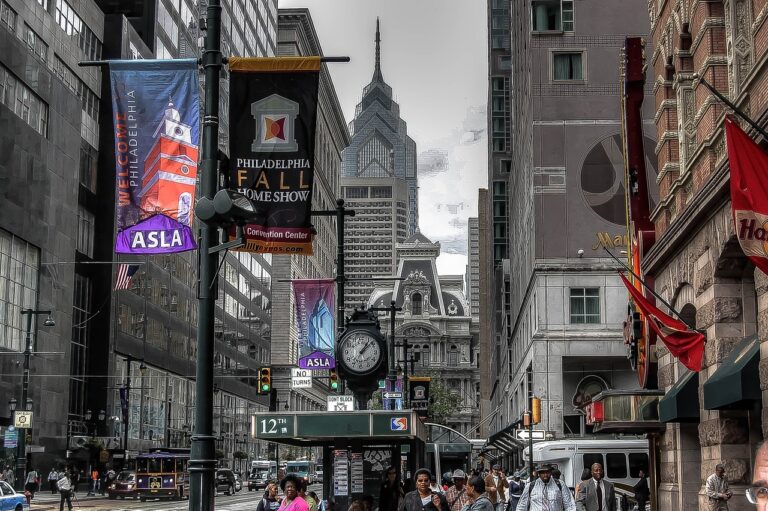The Impact of Autonomous Vehicles on Parking Space Utilization
The integration of autonomous vehicles into urban areas has the potential to revolutionize city planning by transforming how we perceive transportation. As these vehicles become more prevalent, it is crucial for urban planners to reassess existing infrastructure and develop strategies that cater to the needs of this new mode of transport. By incorporating autonomous vehicles into urban planning, cities have the opportunity to enhance efficiency, reduce congestion, and create more sustainable transportation systems.
Furthermore, the introduction of autonomous vehicles raises important questions about the future of public transportation and parking requirements. With the possibility of increased ride-sharing and on-demand autonomous vehicle services, the demand for traditional parking spaces may decrease significantly. Urban planners must consider how this shift will impact the design and allocation of parking infrastructure in cities, as well as the potential for repurposing existing parking lots for other community needs.
Challenges of Current Parking Infrastructure
The rapid advancement in technology and the rise of ride-sharing services have brought about significant challenges to the current parking infrastructure in urban areas. Traditional parking facilities are designed to cater to the needs of privately-owned vehicles, but with the increase in shared mobility options and the potential rise of autonomous vehicles, the demand for parking spaces is expected to shift.
Additionally, the inefficient use of parking spaces contributes to congestion and air pollution in cities. Studies have shown that a large portion of traffic in urban areas is due to vehicles circling around in search of available parking spots, further exacerbating the existing transportation issues. As cities strive to become more sustainable and pedestrian-friendly, reevaluating the current parking infrastructure and exploring innovative solutions is crucial.
• One of the challenges faced by current parking infrastructure is the shift in demand from privately-owned vehicles to shared mobility options.
• The increase in ride-sharing services and potential rise of autonomous vehicles are changing the way people use parking facilities.
• Inefficient use of parking spaces leads to congestion and air pollution in urban areas.
• Studies have indicated that a significant amount of traffic is caused by vehicles searching for available parking spots.
• Cities aiming to become more sustainable and pedestrian-friendly need to reevaluate their parking infrastructure and consider innovative solutions.
Potential Reduction in Parking Demand
Autonomous vehicles are anticipated to revolutionize the way people move around cities, presenting a shift in the demand for parking spaces within urban areas. The deployment of self-driving vehicles is expected to improve traffic flow and reduce the need for extensive parking infrastructure, as they can drop off passengers at their destination and then proceed to pick up new passengers or find parking in less central locations. This efficiency in utilization of parking spaces is poised to make more effective use of existing parking facilities and potentially reduce the overall demand for parking spaces in densely populated areas.
Moreover, the rise of shared autonomous vehicles is expected to further contribute to the potential reduction in parking demand. Shared autonomous vehicles have the potential to increase vehicle occupancy rates, reducing the number of individual vehicles on the road and the need for parking spaces. With the ability to serve multiple passengers on different trips consecutively, these vehicles could decrease the overall number of parked cars in urban centers and optimize the use of available parking spaces, leading to a more efficient and sustainable transportation system.
How do autonomous vehicles impact urban planning?
Autonomous vehicles have the potential to greatly impact urban planning by reducing the need for parking spaces, allowing for more efficient land use and potentially reducing congestion in urban areas.
What are some of the challenges of the current parking infrastructure in cities?
Some of the challenges of the current parking infrastructure in cities include limited space for parking, high costs of parking construction and maintenance, and the environmental impact of large parking lots.
How could there be a potential reduction in parking demand with the rise of autonomous vehicles?
With the rise of autonomous vehicles, there is the potential for a reduction in parking demand as these vehicles can drop off passengers and then park themselves in more remote or efficient locations, freeing up space in urban areas for other uses.







